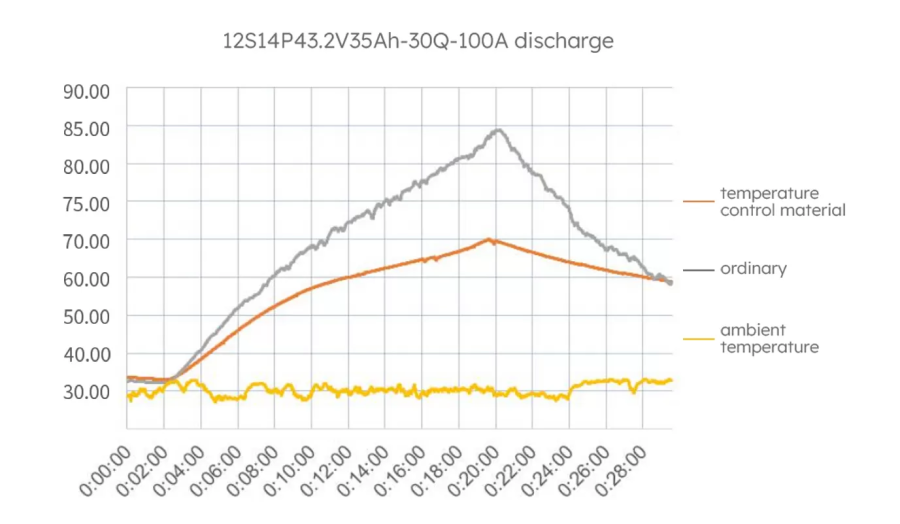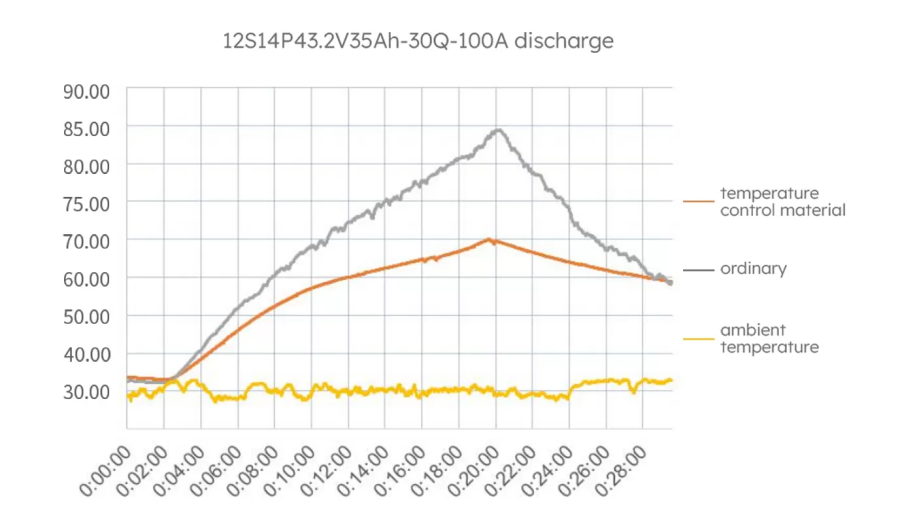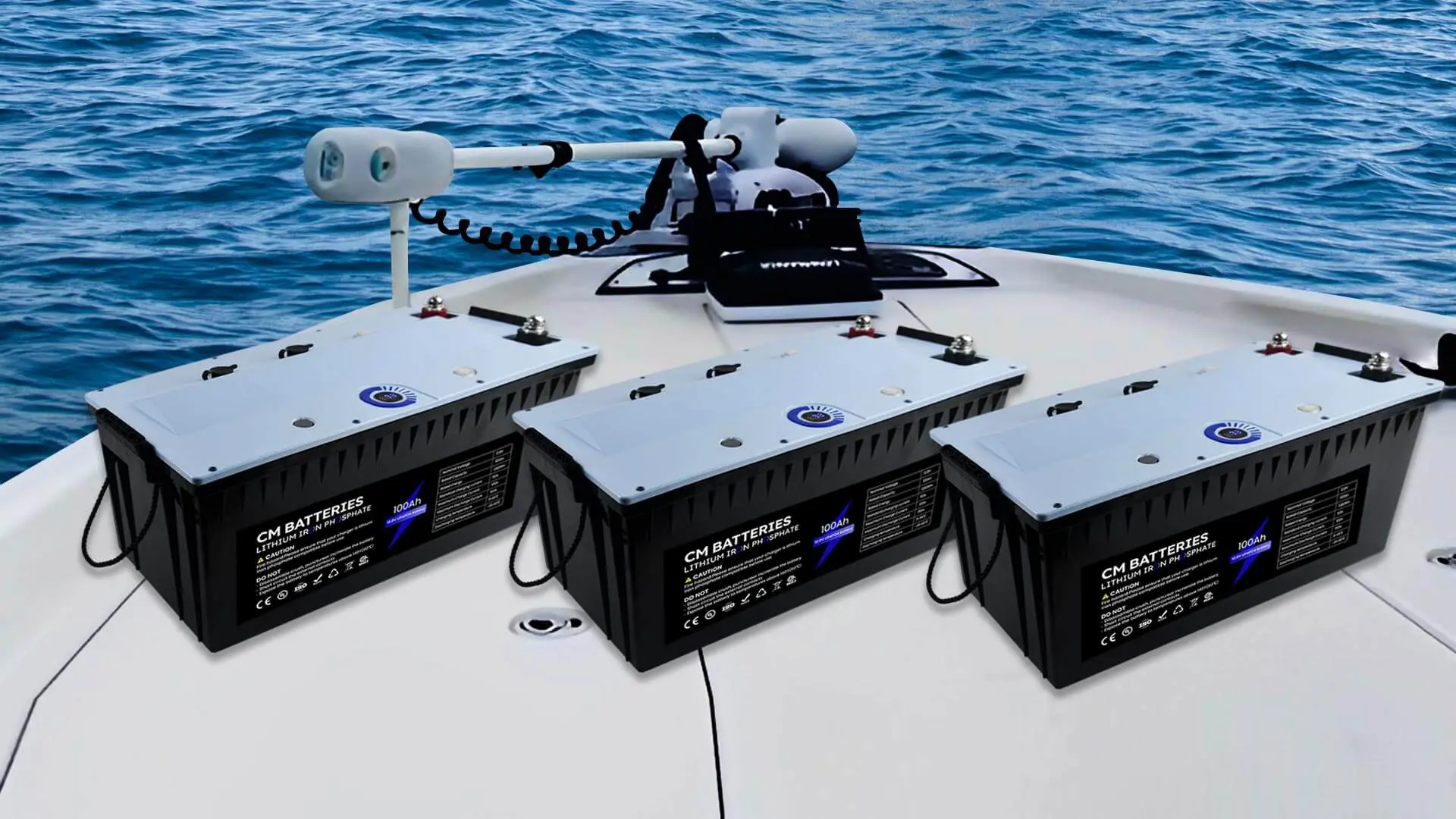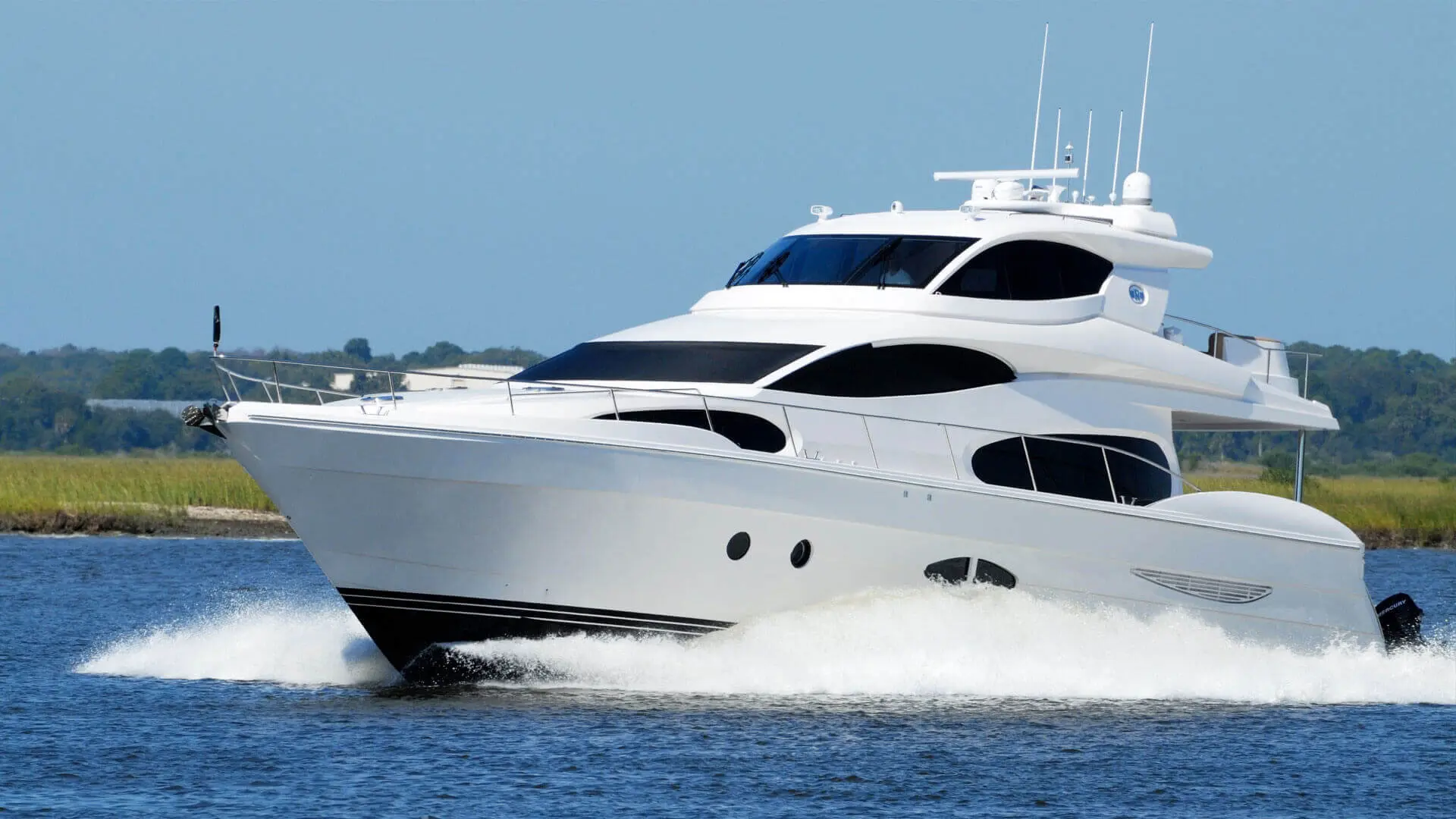Electric surfboards are revolutionizing water sports, but choosing the right battery system is crucial for safety, performance, and longevity. This comprehensive guide explains what electric surfboard enthusiasts, manufacturers, and retailers need to know about Smart Battery Management Systems (BMS) to make informed decisions.
What Problems Does a Smart BMS Solve for Electric Surfboard Users?
Electric surfboard riders commonly face these battery-related challenges:
- Sudden power loss during rides due to unprotected battery discharge
- Shortened battery life from overcharging or temperature damage
- Safety risks from battery overheating or short circuits
- Poor performance from unbalanced battery cells
- Difficulty monitoring battery health and charge levels
A Smart Battery Management System addresses all these issues by providing intelligent monitoring, protection, and optimization.

What Is a Smart Battery Management System for Electric Surfboards?
A Smart BMS is the “brain” of your electric surfboard’s battery pack. It combines hardware sensors and software algorithms to:
- Monitor battery voltage, current, and temperature in real-time
- Protect against dangerous conditions like overcharging and overheating
- Balance power between individual battery cells
- Provide user-friendly data about charge levels and battery health
- Extend overall battery lifespan by 30-50% compared to unprotected batteries
Essential Smart BMS Features for Electric Surfboard Batteries
1. Voltage Protection
- Under-voltage protection: Prevents discharge below 2.7V per cell, avoiding permanent chemical damage
- Over-voltage protection: Critical safety feature that prevents spontaneous combustion or explosion from overcharging
- Why it matters: Voltage protection is the most important safety feature for lithium batteries used in water sports
2. Current Protection
- Over-current protection: Prevents short circuits that generate excessive heat
- Discharge current limiting: Ensures safe power delivery during high-demand riding
- Charging current control: Optimizes charging speed while preventing damage
3. Temperature Management
- Real-time temperature monitoring: Tracks battery temperature during charging and use
- Thermal shutdown: Automatically stops operation if temperatures reach dangerous levels
- Performance optimization: Adjusts charging rates based on ambient temperature
4. Cell Balancing
- Passive balancing: Ensures all battery cells maintain equal voltage levels
- Active balancing: More efficient method that redistributes energy between cells
- Impact: Proper cell balancing can increase battery pack life by 40-60%
5. Water Protection
- IP67 or higher rating: Essential for marine environments
- Corrosion resistance: Prevents saltwater damage to internal components
- Sealed connections: Protects against water ingress during rides
How to Select the Best Smart BMS for Your Electric Surfboard
Step 1: Match Battery Specifications
- Voltage compatibility: Ensure BMS matches your battery pack voltage (typically 36V, 43.2V, or 48V)
- Current capacity: Choose BMS rated for your motor’s peak current draw
- Physical dimensions: Verify BMS fits within your board’s battery compartment
Step 2: Prioritize Safety Features
Essential safety features include:
- Over-voltage and under-voltage protection
- Over-current and short-circuit protection
- Temperature monitoring and thermal shutdown
- Cell balancing capabilities
- Waterproof rating (minimum IP65, preferably IP67)
Step 3: Consider User Experience
- Display integration: Real-time battery level and health monitoring
- Mobile app connectivity: Bluetooth or WiFi for smartphone monitoring
- LED indicators: Visual battery status without additional displays
- GPS tracking: Anti-theft protection for expensive boards
Step 4: Evaluate Brand Reliability
Look for manufacturers with:
- Proven track record in marine battery applications
- Comprehensive warranty coverage (2+ years)
- Technical support and documentation
- Certifications (UL, CE, FCC for safety compliance)
Top Smart BMS Configurations for Electric Surfboards
For Recreational Riders
- Basic protection: Voltage, current, and temperature protection
- Simple monitoring: LED indicators or basic display
- Waterproof rating: IP65 minimum
- Expected performance: 2-3 hour ride times, 3-5 year battery life
For Advanced Users
- Full protection suite: All safety features plus cell balancing
- Smart monitoring: Mobile app integration with detailed analytics
- Enhanced durability: IP67+ rating with corrosion resistance
- GPS tracking: Anti-theft and location monitoring
- Expected performance: 3-4 hour ride times, 5-7 year battery life
For Commercial Operations
- Professional-grade protection: Redundant safety systems
- Fleet management: Centralized monitoring for multiple boards
- Rapid charging: Fast-charge compatibility with thermal management
- Service intervals: Predictive maintenance alerts
- Expected performance: 4+ hour ride times, 7+ year battery life
Key Performance Metrics to Track
Battery Health Indicators:
- State of Charge (SOC): Current charge level percentage
- State of Health (SOH): Overall battery condition compared to new
- Cycle count: Number of charge/discharge cycles completed
- Temperature history: Peak temperatures during operation
Safety Metrics:
- Voltage balance: Difference between highest and lowest cell voltages
- Current peaks: Maximum discharge rates during rides
- Temperature excursions: Times when thermal limits were approached
Cost-Benefit Analysis of Smart BMS Investment
Initial Investment:
- Basic Smart BMS: $50-150
- Advanced Smart BMS: $150-300
- Professional Smart BMS: $300-500
Long-term Savings:
- Battery replacement cost reduction: 40-60%
- Extended ride times: 20-30% improvement
- Reduced maintenance: Fewer service calls and repairs
- Insurance benefits: Some policies offer discounts for safety-equipped boards
Recommended Smart BMS Solutions
For electric surfboard applications, CM Batteries offers industry-leading Smart BMS solutions specifically designed for marine environments. Their systems feature:
- IP67 waterproof rating with corrosion-resistant materials
- Comprehensive protection including voltage, current, and temperature monitoring
- Mobile app integration for real-time monitoring
- 5-year warranty coverage
- Custom configurations for different board types and usage patterns

Installation and Maintenance Best Practices
Installation Tips:
- Ensure proper wire gauge for current capacity
- Use marine-grade connectors and heat shrink tubing
- Mount BMS in accessible location for maintenance
- Test all safety features before first use
Maintenance Schedule:
- Monthly: Check battery balance and charge levels
- Quarterly: Inspect connections and waterproof seals
- Annually: Professional inspection and firmware updates
- After saltwater exposure: Rinse with fresh water and dry thoroughly
Conclusion
A quality Smart BMS is essential for electric surfboard safety, performance, and longevity. By choosing a system with comprehensive protection features, waterproof construction, and user-friendly monitoring, riders can enjoy longer sessions, extended battery life, and peace of mind on the water.
The investment in a Smart BMS typically pays for itself within 1-2 years through reduced battery replacement costs and improved performance, making it one of the most cost-effective upgrades for any electric surfboard setup.




